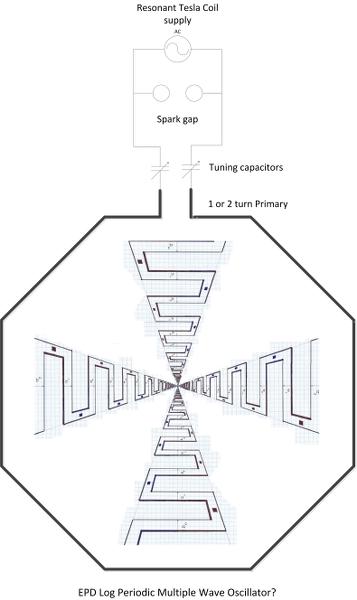Originally posted by Web000x
View Post
So the shed (garage) is far too hot during the day, while at night the mozzies are out in force!
Nevertheless a Primary (test) coil is now constructed, 57cm diameter, three turns for a total of ~8.7 - 9uH of inductance. Two turns yields ~4.3uH. The Xl = Xc at resonance, but inductive reactance values are approximately 3T= 100Ohms or 2T= 50Ohms of reactance (for the 160M band range). Starting out with 3 turns and the capacitor bank strapped directly on, consisting of (5X) 160uF fixed and a 400pF variable capacitor. (I can’t afford a nice variable vacuum cap at present). This gives me 820pF to 1220pf to tune with (or I can adjust to suit).
It’s just a test coil to ‘play with’ as the weights / surface area of the secondary isn’t matched yet, as I am forced to just use the materials I have on hand at the moment. I’m testing this with my flat spiral coils to begin with as they nicely self-resonate on the 160M band. - Photos/results later.
@David. How are things going for you? What effect on sprout germination did your spark-gap style MWO have? After all of the ‘trouble’ on the forum and such, did you ever manage to win back your girlfriend? (I hope you did).
Sputins
 BTW I don't see how the dpi is of any influence on the dimensions if you know it to be the most probable A4. But I have to dive in it once....
BTW I don't see how the dpi is of any influence on the dimensions if you know it to be the most probable A4. But I have to dive in it once....







Leave a comment: